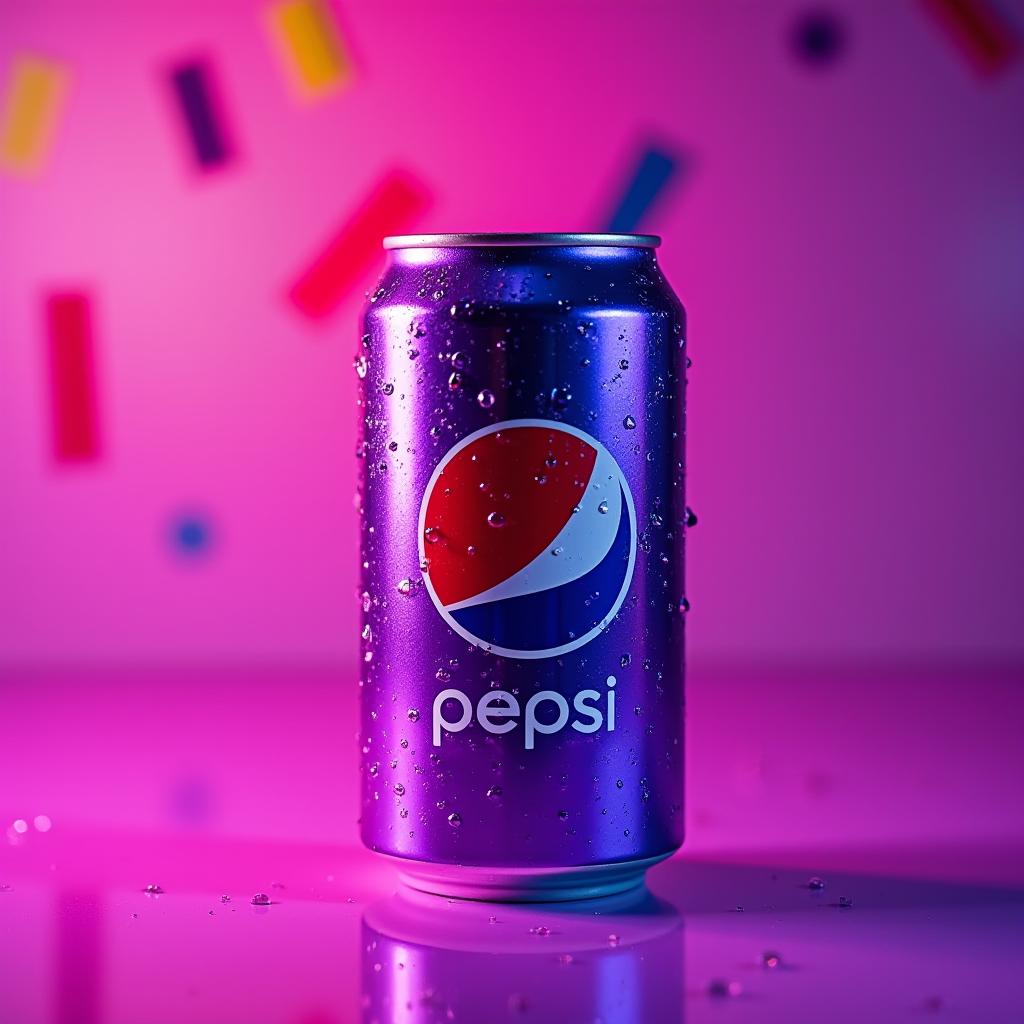In the world of modern marketing and branding, companies often face one of the most interesting philosophical dilemmas: follow traditions or promote innovation. The question of preserving cultural values and striving for novelty is not just a practical task — it is a real game on the edge of philosophy. How can companies simultaneously adapt to a rapidly changing world and stay true to their roots and heritage? Let's look at this balance.
Traditions: brand roots and cultural connection
Traditions in branding are those cultural and historical aspects that help shape the company's identity. They contain values that permeate everything the brand does. Here are a few reasons why traditions are important:
Audience Trust. Traditional brands often generate more trust, especially among older generations. These companies are perceived as stable, time-tested and reliable.
Connection to culture. Many brands are integrated into local or global cultures, from traditional recipes to craft technologies. For example, French wineries have kept family secrets of production for centuries, and for them to abandon these traditions may seem like a loss of their own identity.
Customer loyalty. Strengthening traditions helps create an emotional connection between the brand and its audience. Customers value brands for their immutability, respect for the past, and a meaningful approach to the product.
Modernism: Innovation as an engine of Growth
Technological progress. The emergence of new technologies such as artificial intelligence, blockchain, virtual and augmented reality is changing the way companies interact with customers and develop their products.
Changing consumer expectations. Generation Z and millennials expect much more from brands. This is not just a high-quality product, but an entire ecosystem of experiences that includes innovative approaches to advertising, packaging, and service.
Global competition. To stand out from the multitude of competitors, companies must offer something unique.

How do I find a balance?
The main challenge for brands is to find a balance between preserving their roots and opening up new horizons. Here are some strategies that can help you do this:
Evolution of traditions. One approach is not to break the old, but to develop it, fitting it into new conditions. For example, a company GucciPreserving its traditional values, it has added a modern approach to marketing, becoming one of the most popular brands among young people.
Innovation through a cultural lens. Respecting the culture and using it to create new products is another way to keep the balance. Brand Nike He launched a sneaker line inspired by the Mexican holiday of the Day of the Dead, thus respecting tradition, but at the same time bringing innovative elements to the design and production.
Using heritage as a foundation for innovation. Companies with a strong tradition have the opportunity to build a future based on their heritage. For example, BMW It remains true to its traditional values of quality and performance, while actively developing electric vehicles and autonomous driving systems.

Examples of brands following the path of innovation and tradition
Apple — The brand has become an icon of innovation, but its attention to detail, minimalism and values has remained unchanged for decades.
Coca-Cola — a brand that balances between novelty and tradition. On the one hand, the recipe for the drink remains almost unchanged, and on the other hand, the company is actively introducing innovations in marketing, packaging and eco-projects.
Louis Vuitton — a brand that uses its traditions and history to create an image of elegance and luxury, but at the same time it opens the door to modern design solutions and technologies in production and marketing.
This dilemma between modernism and tradition resonates with major philosophical questions: should we reject the old for the new, or are there values that should be carefully preserved? In the world of branding, the answer most likely lies in the area of complementarity. Brands that can integrate the best of the past and harness the power of the future will find their own middle ground.
Innovation and tradition are not mutually exclusive concepts. The right combination of them allows you to create unique and memorable brands that remain relevant in time and in the heart of customers.








